Embodied movement is a transformative practice that allows women to reconnect with their physical selves, tap into their emotions, and harness their inner power. Unlike traditional fitness routines that focus solely on physical strength, embodied movement is about self-expression, healing, and reclaiming the body’s natural wisdom. It offers a way to break free from societal limitations, enhance confidence, and develop a deeper sense of self-awareness. Whether you seek to release emotional blockages, cultivate resilience, or simply enjoy moving your body in a way that feels natural, these 12 embodied movement exercises will help you step into your full power.
1. Power Poses and Expansive Movements
Your posture directly influences how you feel about yourself. Power poses and expansive movements help signal confidence, capability, and strength to the brain. When you take up space with your body, you activate a sense of empowerment that translates into other areas of your life. Stand tall with your feet shoulder-width apart, hands placed firmly on your hips, chest lifted, and chin slightly raised. Hold this position for two minutes while breathing deeply and repeating affirmations such as, “I am strong,” “I am powerful,” and “I own my space.”
Expansive movements, such as stretching your arms wide or reaching high above your head, also foster a feeling of limitless potential. These motions counteract the effects of stress, anxiety, and feelings of smallness. Incorporate expansive stretches into your daily routine, especially before important events or conversations that require confidence. The physical act of occupying space translates into emotional and mental self-assurance, helping you face the world with courage and grace.

2. Sensual Flow and Intuitive Dance
Sensual movement and intuitive dance are powerful tools for self-expression, allowing you to shed societal constraints and move in a way that feels liberating. Unlike structured workouts, which often focus on rigid techniques, sensual flow encourages you to listen to your body and let it guide you. Begin by putting on music that evokes strong emotions—whether joy, passion, or nostalgia—and close your eyes. Let your body respond to the rhythm naturally, without any judgment or expectation.
This practice allows you to reconnect with your femininity, embrace your curves, and celebrate your unique rhythm. Movement that includes slow, fluid motions such as circling the hips, rolling the shoulders, and tracing the air with your hands can create a sense of self-love and acceptance. By dancing freely, you send a message to yourself that your body is a source of pleasure, creativity, and power. This exercise is particularly helpful for overcoming body insecurities and rediscovering the joy of movement.
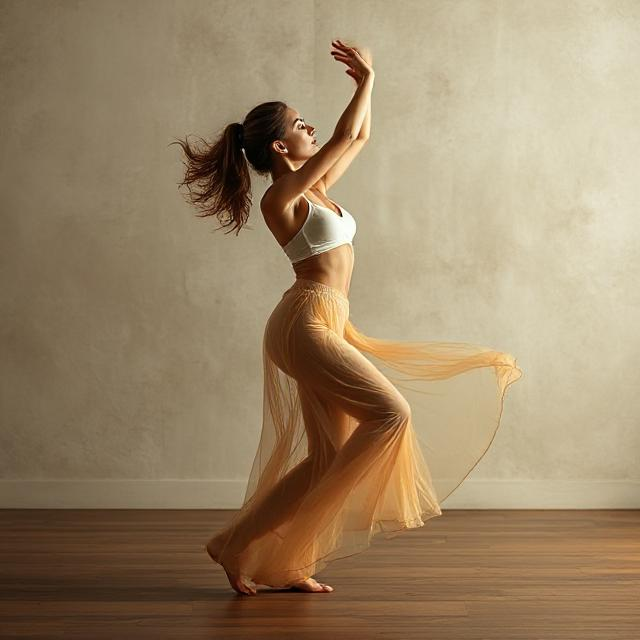
3. Walking with Purpose and Presence
Every step you take is an opportunity to embody strength and intention. Mindful walking transforms a simple act into a powerful practice of presence and empowerment. To start, bring awareness to your breath and posture as you walk. Keep your shoulders back, head high, and chest open. With each step, imagine yourself walking into your purpose, radiating confidence and determination. Visualize success, envisioning yourself moving toward your goals with unwavering certainty.
As you walk, affirmations can enhance the experience. Silently repeat phrases like, “I walk with purpose,” “I am confident,” and “I trust my journey.” When you walk as if you are stepping into the most powerful version of yourself, you embody that energy in all aspects of your life. Practicing this daily—whether on a morning stroll, during a commute, or even in your home—helps reinforce a mindset of self-assurance and resilience.

4. Grounding Stomps for Strength
Stomping is an ancient and primal movement that connects the body to the earth, reinforcing a deep sense of stability and power. When you stomp, you engage the lower body, activate the core, and release pent-up tension. Stand firmly and begin by lifting one foot, then forcefully pressing it into the ground. Feel the impact, acknowledging your presence and strength with each stomp.
Incorporate breathwork by inhaling deeply before each stomp and exhaling sharply as your foot meets the floor. This combination intensifies the sensation of release and grounding. To amplify the effect, accompany stomps with empowering declarations like, “I am unshakable,” “I claim my power,” or “I stand strong.” This exercise is particularly beneficial during moments of self-doubt, frustration, or anxiety, as it allows you to physically release negative energy and reaffirm your strength.
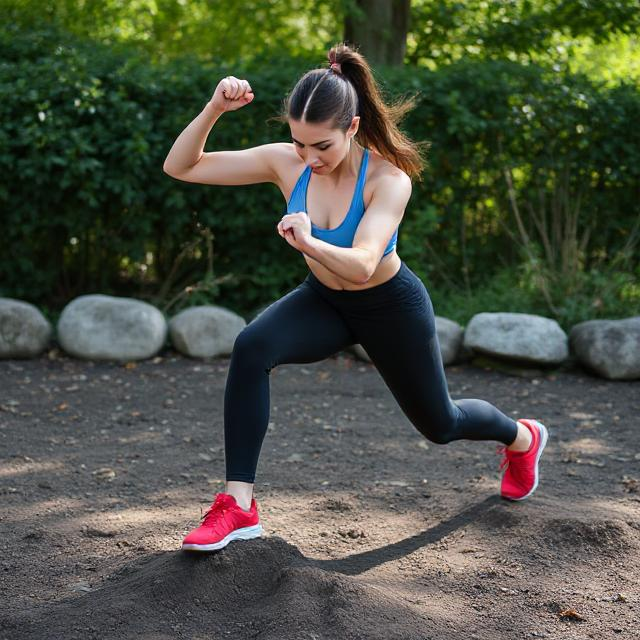
5. Belly Breathing and Core Activation
Your core is the center of your strength, both physically and emotionally. Engaging it through deep belly breathing and movement cultivates a sense of inner power and stability. Begin by placing one hand on your belly and the other on your chest. Inhale deeply, expanding your abdomen fully while keeping your chest still. Hold for a few seconds before slowly exhaling, drawing your navel inward.
Pairing belly breathing with intentional movements like gentle twists, side bends, or pelvic tilts strengthens the connection between your breath and core muscles. This practice enhances self-awareness, improves posture, and supports emotional balance. It is especially useful for releasing stored tension in the abdomen, an area where many women unconsciously hold stress and past emotional wounds. By activating your core, you create a foundation of strength that extends into all aspects of life.
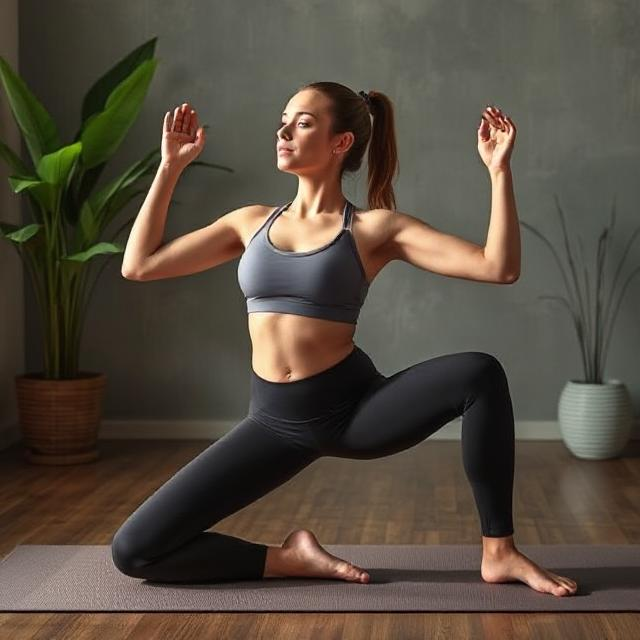
6. Freeform Stretching for Emotional Release
Stretching is often associated with physical flexibility, but when done with intention, it becomes a practice of emotional release and empowerment. Unlike structured stretching routines, freeform stretching encourages you to move intuitively, responding to your body’s needs in the moment.
Start by sitting or standing in a comfortable space and scanning your body for tension. Slowly begin stretching in whatever way feels good—arching your back, reaching toward the sky, folding forward, or rotating your wrists and ankles. Pay attention to areas that feel tight, allowing yourself to hold positions for longer if needed. Breathe deeply as you stretch, visualizing tension dissolving with each exhale.
Emotions are often stored in the body, particularly in the hips, shoulders, and neck. Gentle, fluid stretching helps unlock and release these emotions, creating a sense of lightness and renewal. Incorporating this practice into your morning or evening routine enhances flexibility, relieves stress, and deepens the mind-body connection.
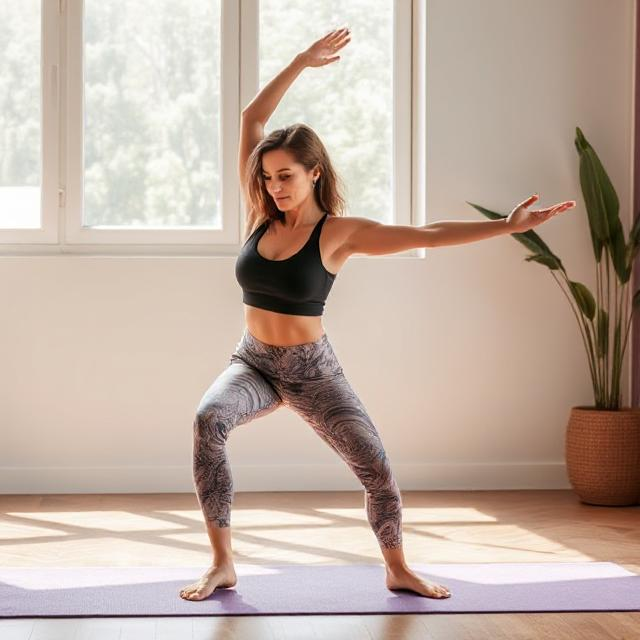
7. Shaking and Vibrational Movement
Shaking is a simple yet powerful way to release built-up stress and stagnant energy. This movement technique is commonly used in trauma release therapy and somatic healing to help discharge tension stored in the nervous system. Begin by standing with your feet hip-width apart and lightly bouncing on your heels. Gradually increase the intensity by shaking your hands, arms, shoulders, hips, and legs.
The key is to let go of control and allow your body to move freely. Imagine shaking off negativity, past burdens, and limiting beliefs. The vibrations created by this movement stimulate circulation, relax muscles, and promote a sense of liberation. After a few minutes of shaking, pause and notice how your body feels—lighter, more open, and refreshed. Practicing this regularly fosters emotional resilience and restores vitality.
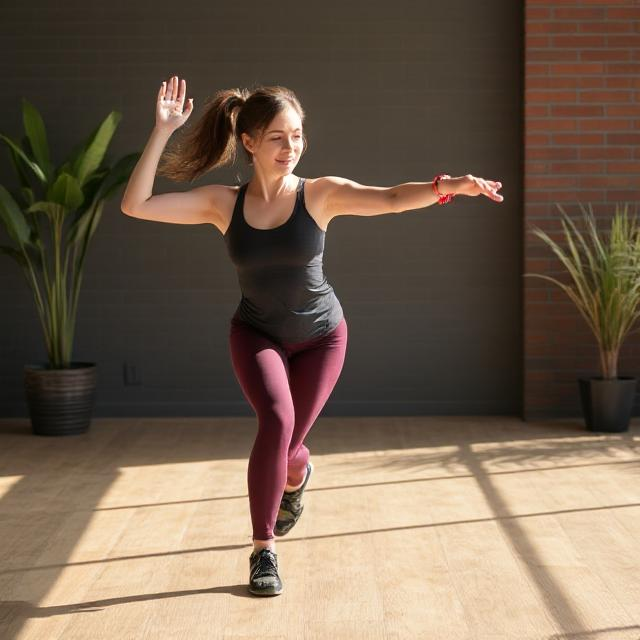
8. Spinal Waves for Fluidity and Strength
The spine is the central pillar of the body, and keeping it fluid, flexible, and strong is essential for overall well-being. Spinal waves are a movement practice that enhances mobility, reduces stiffness, and encourages a feeling of flow. This exercise is particularly beneficial for women who spend long hours sitting or experience tension in the back and shoulders.
To begin, stand with your feet hip-width apart and soften your knees. Start by tucking your chin to your chest and slowly rolling your spine forward, one vertebra at a time, until you are in a relaxed forward bend. Then, initiate the movement in reverse—starting with your lower back, slowly roll up, lifting your head last. Once upright, move into a gentle wave-like motion by shifting your chest forward, rounding your back, and repeating the movement rhythmically.
This exercise is deeply nourishing and grounding. It encourages a connection to the body’s natural rhythms and enhances self-awareness. Spinal waves can be practiced to wake up the body in the morning, as a midday energy boost, or as a soothing wind-down in the evening. Over time, this practice fosters a deeper sense of physical and emotional flexibility, allowing for greater ease in movement and life.
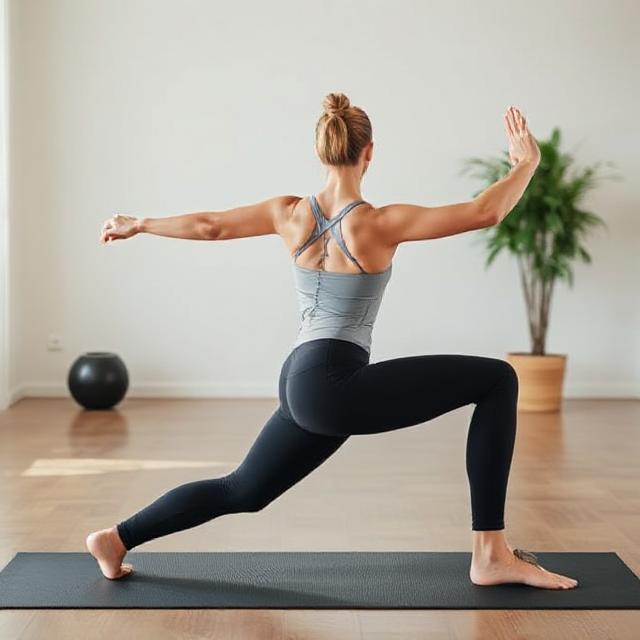
9. Hip Circles for Unlocking Creativity
The hips are a powerhouse of feminine energy, creativity, and emotion. Many women store tension in this area, which can lead to tightness, discomfort, and a feeling of disconnection from their inner power. Hip circles are an excellent way to release stagnation and invite fluidity into the body.
To practice, stand with your feet slightly wider than hip-width apart and soften your knees. Begin moving your hips in slow, intentional circles—first in one direction, then the other. Allow the motion to be smooth and exaggerated, exploring different ranges of motion. You can also practice this movement seated or on all fours to deepen the stretch.
Hip circles stimulate the sacral chakra, the energy center associated with sensuality, pleasure, and creativity. Many dancers and yogis use this movement to awaken the body’s natural flow. Engaging in this practice regularly can help release stored emotions, reduce lower back discomfort, and promote a sense of openness and self-expression.
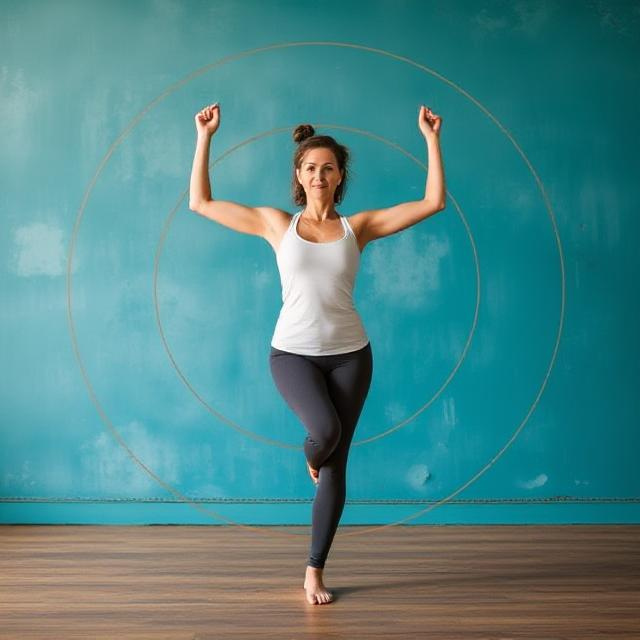
10. Breath and Voice Activation for Self-Expression
The voice is one of the most powerful tools for self-expression, yet many women hesitate to use it fully. Deep breathing combined with vocalization can help release emotional blockages and encourage confidence in speaking one’s truth. This practice is particularly useful for those who struggle with assertiveness or feel unheard in personal or professional settings.
Start by taking a deep breath in through your nose, filling your lungs completely. As you exhale, make an audible sound—this could be a sigh, hum, or even a gentle “ahhh.” Notice any sensations in your throat and chest. Repeat this process several times, gradually increasing the volume of your exhalations. If comfortable, experiment with different tones, allowing yourself to release any pent-up energy.
Voice activation is an excellent practice before public speaking, difficult conversations, or moments when you need to reclaim your power. It strengthens the vocal cords, increases confidence, and reminds you that your voice matters. Pairing this exercise with power poses or stomping amplifies its effect, reinforcing self-assurance and presence.

11. Shoulder Rolls and Heart-Opening Movements
The shoulders and chest are areas where stress and emotional burdens often accumulate. Many women unconsciously hunch forward, closing off the heart space due to tension, anxiety, or self-protection. Shoulder rolls and heart-opening exercises counteract these tendencies, promoting a sense of openness, confidence, and ease.
Begin by rolling your shoulders slowly in a circular motion, first forward and then backward. Focus on releasing tension with each movement. Next, clasp your hands behind your back, straighten your arms, and gently lift your chest upward. Breathe deeply into this position, feeling a stretch through the shoulders and chest. Another variation is to stand in a doorway and press your hands against the frame while leaning forward, expanding the heart center.
These movements help counteract the effects of stress, poor posture, and emotional suppression. Practicing them regularly encourages self-love, deeper breathing, and a greater sense of freedom in both body and mind.
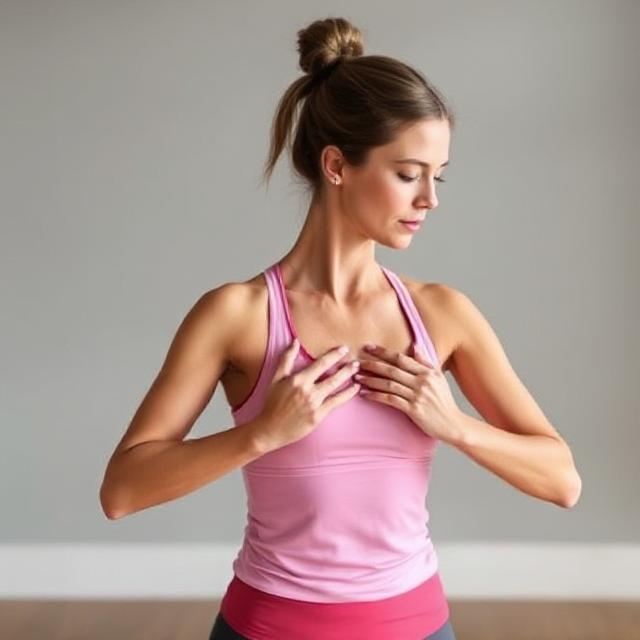
12. Free Movement Exploration for Intuition and Joy
Free movement is a practice of letting go—of expectations, self-judgment, and structured patterns. It encourages pure embodiment, allowing your body to move in ways that feel natural and spontaneous. This practice is a powerful tool for self-discovery, emotional release, and inner healing.
To begin, create a safe and comfortable space where you can move freely. Play music that resonates with your emotions and let your body respond intuitively. There is no right or wrong way to do this—simply follow your impulses. You might sway, shake, stretch, or even crawl on the floor. The key is to trust your body’s wisdom and let movement guide you to what it needs.
Free movement is especially valuable for breaking free from societal conditioning about how a woman “should” move. It fosters a deeper connection to intuition and joy, allowing for a pure expression of self. By incorporating this practice regularly, you develop greater confidence in your body and a renewed appreciation for the power of movement.
Embodied movement is a profound practice that empowers women to reclaim their bodies, embrace their emotions, and step into their full power. These 12 exercises offer a pathway to greater self-awareness, confidence, and joy. Whether through grounding stomps, sensual dance, breathwork, or free movement, each practice contributes to a deeper connection with oneself.
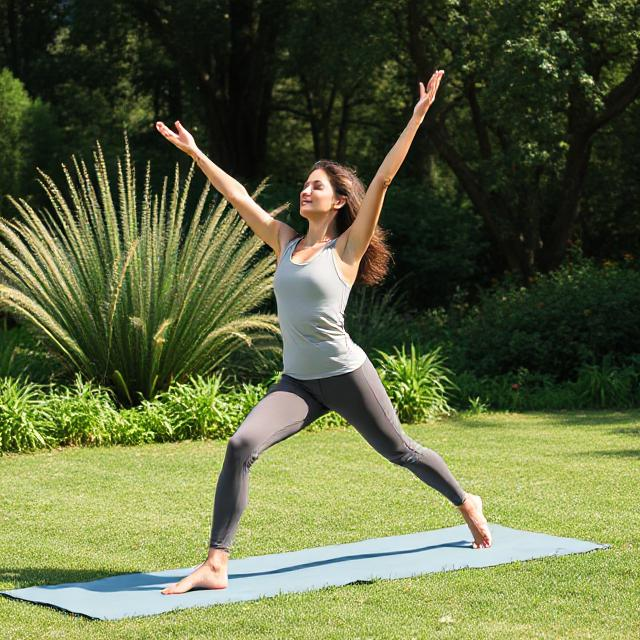
By incorporating these movements into daily life, women can cultivate a sense of agency, resilience, and inner strength. The body holds wisdom, and through mindful movement, we can unlock its potential, fostering empowerment that radiates through every aspect of life. Whether practiced alone or in a supportive community, these exercises serve as a reminder that true strength lies in embracing and honoring the body’s natural rhythm.


